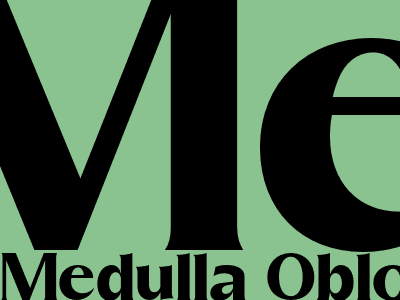The Medulla Oblongata: A Vital Structure for Life
Introduction
The medulla oblongata is a small but vital part of the brainstem located at the base of the skull. It is responsible for controlling a wide range of essential bodily functions, including breathing, heart rate, and blood pressure. The medulla oblongata also plays a role in sleep, consciousness, and movement.
Structure and Function
The medulla oblongata is a cone-shaped structure that is about the size of a thumb. It is made up of gray matter, which contains nerve cell bodies, and white matter, which contains nerve fibers. The medulla oblongata is divided into two halves, each of which is responsible for controlling a different set of functions. The right half of the medulla oblongata controls the muscles on the right side of the body, while the left half controls the muscles on the left side of the body. The medulla oblongata also contains a number of nuclei, which are groups of nerve cells that perform specific functions. Some of the most important nuclei in the medulla oblongata include: * **The respiratory center:** This nucleus controls the muscles of respiration, including the diaphragm and the intercostal muscles. * **The cardiac center:** This nucleus controls the heart rate and blood pressure. * **The vasomotor center:** This nucleus controls the diameter of blood vessels. * **The vestibular nuclei:** These nuclei are involved in balance and spatial orientation.
Clinical Significance
Damage to the medulla oblongata can have a devastating impact on health. Injury to the respiratory center can lead to respiratory failure, while injury to the cardiac center can lead to cardiac arrhythmias and death. Damage to the vasomotor center can cause blood pressure to drop, which can lead to shock. Infarction can also lead to death. The medulla oblongata is supplied by the vertebral arteries, which are branches of the subclavian arteries. If one of these arteries becomes blocked, it can cause an infarction of the medulla oblongata. This can lead to sudden death, as the medulla oblongata is responsible for controlling vital functions such as breathing and heart rate.
Conclusion
The medulla oblongata is a vital structure for life. It controls a wide range of essential bodily functions, including breathing, heart rate, and blood pressure. Damage to the medulla oblongata can have a devastating impact on health, and can even lead to death.

Medulla Oblongata
Comments